The history of urban development in Austria is a fascinating journey that spans centuries, reflecting the nation’s rich cultural and historical heritage. The country’s urban evolution has been shaped by various factors, including geography, politics, economics, and architecture. Here is a brief description of Austria’s history of urban development:
- Roman Period: Austria’s urban history can be traced back to the Roman period when the region was part of the Roman Empire. Cities like Carnuntum (modern-day Petronell-Carnuntum) and Virunum were established as key administrative and trade centers. These early settlements had well-planned streets and infrastructure, setting the stage for future urban development.
- Medieval Period: During the medieval period, Austria’s urban landscape was characterized by the rise of fortified towns and cities. The country’s strategic location at the crossroads of Europe led to the development of towns like Vienna, Salzburg, and Graz. These cities often had walls, castles, and fortifications for defense.
- Habsburg Dynasty: The Habsburg Dynasty played a pivotal role in Austria’s urban development. Vienna became the capital of the Holy Roman Empire in the 15th century, leading to a period of significant growth and architectural development. The Habsburgs’ patronage of the arts and culture left an indelible mark on Austria’s cities.
- Baroque and Rococo Period: The Baroque and Rococo architectural styles had a profound influence on Austria’s urban development during the 17th and 18th centuries. Magnificent palaces, churches, and public buildings were constructed, giving cities like Vienna a distinct architectural character. The Belvedere Palace and Schönbrunn Palace in Vienna are prime examples of this era.
- 19th Century: The 19th century saw the expansion of cities and the emergence of industrialization. Vienna, in particular, experienced rapid growth, and its urban infrastructure expanded to accommodate the increasing population. The construction of the Ringstrasse, a grand boulevard encircling the city center, is a notable urban planning project of this time.
- Early 20th Century: Austria’s urban development was further influenced by the early 20th century’s Art Nouveau and Secessionist movements. These architectural styles contributed to the unique character of Vienna and other cities, with buildings featuring intricate designs and decorative elements.
- Post-WWII Reconstruction: World War II had a significant impact on Austria’s cities, with many suffering damage during the conflict. The post-war period saw extensive reconstruction efforts and the restoration of historic landmarks. Cities like Vienna and Salzburg were revitalized, and modern architecture also played a role in the urban landscape.
- Contemporary Period: Today, Austria’s cities blend their rich historical heritage with modern urban planning. Vienna, in particular, continues to grow and evolve as a hub of culture, politics, and commerce. Sustainable development, preservation of historic sites, and modern architectural designs coexist in the country’s urban areas.
Austria’s history of urban development reflects its dynamic evolution from ancient Roman settlements to vibrant, culturally rich cities. The interplay of historical influences, architectural styles, and urban planning has left Austria with a diverse and captivating urban landscape that continues to evolve and thrive.

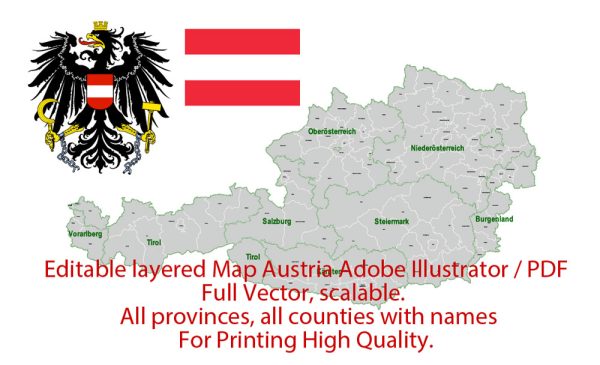
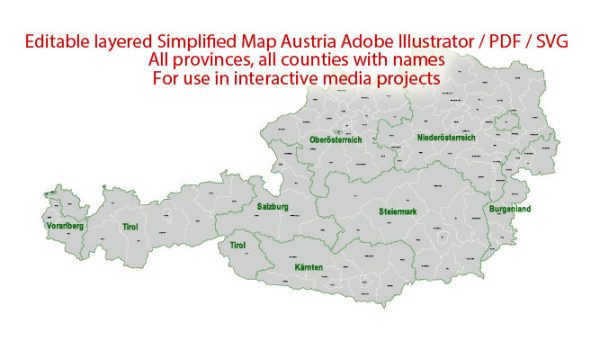
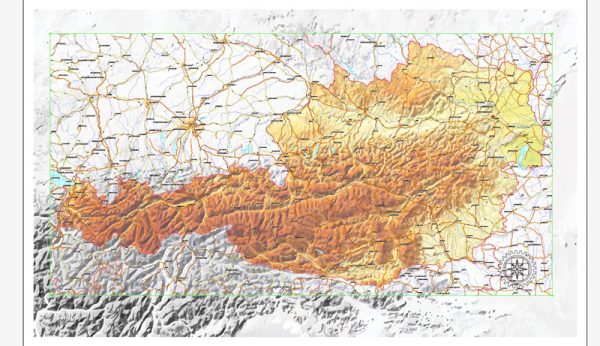
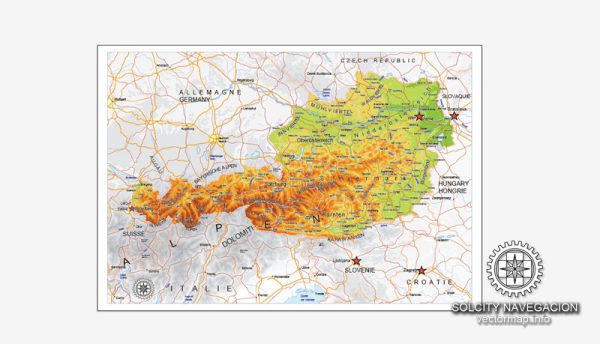
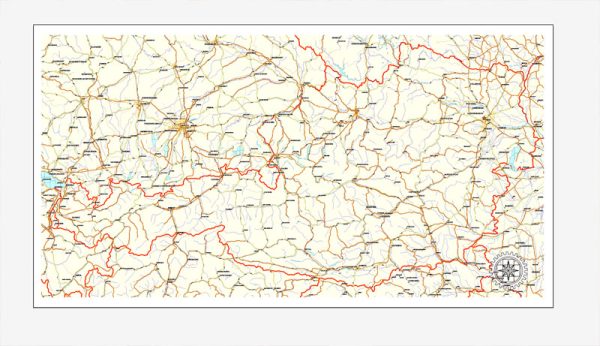
 Author: Kirill Shrayber, Ph.D.
Author: Kirill Shrayber, Ph.D.